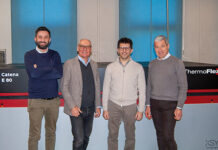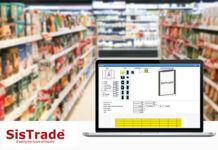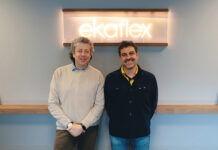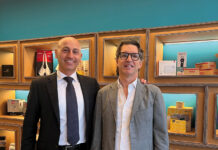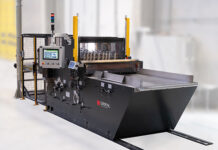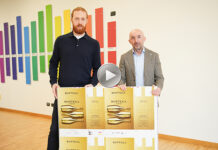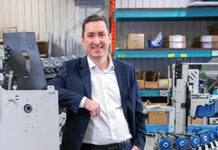ERA, the European Rotogravure Association, organized last March an Open ProGravure Meeting, during which members and non-members from the whole supply chain had the opportunity to get together to exchange and discuss the latest developments affecting the gravure industry. Usually these meetings are open only to members but this time ERA wanted to attract also not members, and the goal was reached: there were present 100 participants of which 50% were not members, not to mention the listeners who gathered around their colleagues monitor.
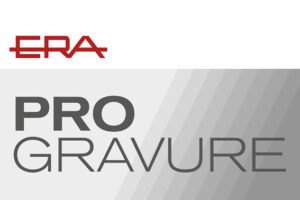
The opening speech was held by Davide Garavaglia, ERA president, who recalled that the Association, which was founded in 1956, is an international organization of the gravure industry, based in Munich, Germany, with 80 member companies worldwide. The mission of ERA is to build a strong gravure community by means of education, trainings and meetings, communication and co-operation, documents and publications, exploration of new markets and connecting. In regards to documents Garavaglia announced the future publication of ” Gravure – A modern approach”, a book about gravure technology, and of a digital library.
Prof. Lutz Engisch (HWTK Leipzig) and Prof. Armin Weichmann (HdM Stuttgart) announced two seminars. Packaging Technology on 7/6/023, only in German: this workshop provides a comprehensive overview of the production, application and testing of plastics in the packaging sector. It places particular emphasis on understanding the relationships between the chemical structure, use and limitations of plastics for flexible packaging. Important steps in the manufacture of packaging will be highlighted as well as the most important aspects regarding the barrier properties of different types of plastics. The theoretical concepts will be supported by practical exercises in testing packaging materials.
Sustainability in Packaging Technology will be the topic on 13/06 in German language and on 14/06/ 2023 in English. The workshop covers the sustainability issues related to packaging materials, focusing on the challenges posed by plastic packaging waste and the environmental footprints of products and processes: basics of environmental balances, approaches and methods, status quo of packaging; a part related to Life-Cycle Assessment (LCA) which provides a basic understanding of the methodology for evaluating the environmental impacts of products and services.
As regards water-based inks in packaging and publication – Eric Dejean and Philippe Lansiaux, of Sun Chemical, stated that WB inks are mature enough to address most challenges and the newest presses are well designed to run with WB inks but some older presses can be retro-fitted without excessive costs, obviously speed will be limited by drying and corona treatment is mandatory with no exceptions. The overall situation for the European flexible packaging sector is the following: the total use of inks and coatings in the European flexible packaging industry is estimated to 200,000 tons per year; less than 5% are WB; full conversion of plants to WB inks has only been done in the PE converting industry (for garbage and mailing bags for instance); no major generalist converters have fully migrated to WB and WB inks are less polyvalent than SB inks; there is also a negative impact on press speed but, and this is very important: regulations have not reached a point where SB inks are no longer an option.
Extended colour gamut (ECG) in gravure printing was analyzed by Björn Kammertöns (Delfort Group). Expanded Color Gamut (ECG) printing, also referred to as Fixed Color Palette printing, uses a standardized ink set enhancing the color space to reproduce any color used in the design. In the plugin, up to three additional inks can be used, that is Red or Orange, Green, and/or Blue or Violet. This method allows for a virtually unlimited number of colors and also for nesting print jobs with different color channels, without changing the ink configuration of the printing machine.
But why should gravure printers change Just to answer to two simple questions: how could you fulfill the increased demand for “faster leadtimes”, “more flexibility” and “cost efficiency” in gravure in the future? – What are you doing to keep gravure printing still attractive? Whereas Digital Print is still on the rise.
Some can fear to get the bad results of the past when this technology started, but now nearly all prepress-software-solutions offer tools for automatic separations (into 7C); color management tools are able to handle 7Cprofiles, which you printed upfront (Fingerprint) and finally you have the same handling like classical CMYK profiles and fingerprinting. So, it is worth to give ECG a try.
At the end of the online meeting Rudi Weis-Schiff (Janoschka) spoke about international gravure markets, he stated that packaging consumption per person in Europe is 20 times higher than in Asia, but the consumption is growing so Asian markets are going to be more and more important and promising for gravure printers.






